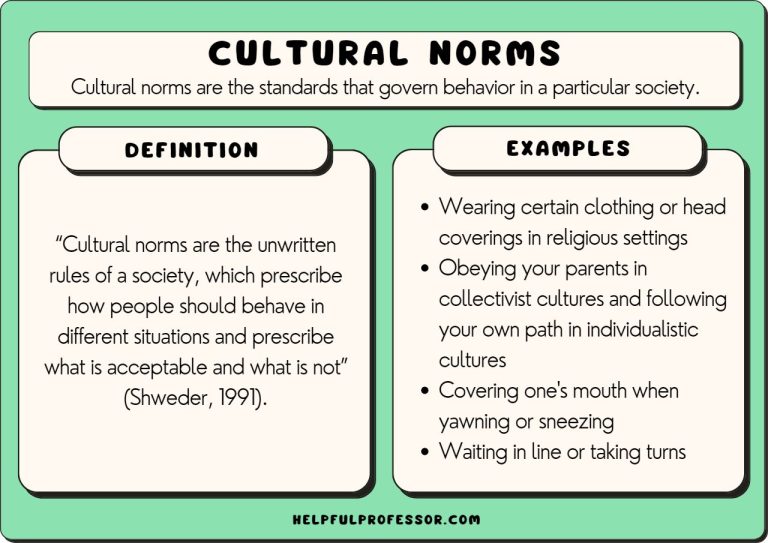The Cultural Phenomenon of "Smash or Pass": A Look at Celebrity Judgments and Social Norms
Related Articles: The Cultural Phenomenon of "Smash or Pass": A Look at Celebrity Judgments and Social Norms
Introduction
With great pleasure, we will explore the intriguing topic related to The Cultural Phenomenon of "Smash or Pass": A Look at Celebrity Judgments and Social Norms. Let’s weave interesting information and offer fresh perspectives to the readers.
Table of Content
The Cultural Phenomenon of "Smash or Pass": A Look at Celebrity Judgments and Social Norms

"Smash or Pass" is a game, often played online, where individuals are presented with a series of images, typically of celebrities, and asked to quickly decide whether they would "smash" (meaning they find the person attractive and would be romantically interested) or "pass" (meaning they are not attracted to the person). While seemingly frivolous, the game has become a cultural phenomenon, sparking discussions about attraction, celebrity culture, and the complexities of social judgment. This article will delve into the various aspects of "Smash or Pass" focusing on female celebrities, examining its social and cultural implications.
Understanding the Game’s Mechanics and Popularity:
At its core, "Smash or Pass" is a simplified representation of the human experience of attraction. It reduces the complexities of romantic interest to a binary decision, creating a seemingly easy and quick way to gauge one’s preferences. This simplicity contributes to its popularity, as it offers a lighthearted and often humorous way to engage with celebrity culture.
The game’s online format further fuels its popularity, allowing for easy sharing and participation. Platforms like Twitter and TikTok have become breeding grounds for "Smash or Pass" trends, with users sharing their choices and engaging in debates about their judgments. This digital accessibility has created a widespread community around the game, fostering a sense of shared experience and entertainment.
Social and Cultural Implications of "Smash or Pass":
While "Smash or Pass" may appear harmless, it reflects deeper social and cultural dynamics. The game’s reliance on visual attractiveness highlights the societal emphasis on physical appearance, particularly in relation to celebrity culture. It reinforces the notion that attractiveness is a primary factor in romantic desirability, potentially contributing to unrealistic beauty standards and body image issues.
Furthermore, the game can perpetuate objectification and reinforce gender stereotypes. By focusing on physical attributes and reducing individuals to their perceived attractiveness, "Smash or Pass" can dehumanize celebrities and contribute to the notion that women are primarily valued for their looks. This is especially concerning considering the often hyper-sexualized and objectified portrayal of female celebrities in media.
Beyond the Game: Examining the Broader Context:
While "Smash or Pass" itself may be a game, the discussions and reactions it generates reveal much about societal attitudes towards celebrities, beauty standards, and social judgment. The game can be a starting point for exploring critical questions about:
- The Power of Celebrity Culture: How does celebrity culture influence our perceptions of attractiveness and desirability? How do media representations shape our judgments?
- Objectification and Gender Norms: How does "Smash or Pass" perpetuate the objectification of women? What are the consequences of reducing individuals to their perceived attractiveness?
- The Role of Social Media in Shaping Perceptions: How does social media facilitate the spread of "Smash or Pass" trends and influence online discussions about celebrity attractiveness?
FAQs about "Smash or Pass" with Female Celebrities:
1. Why are female celebrities often the subject of "Smash or Pass" games?
Female celebrities are often targeted in "Smash or Pass" due to the long-standing societal focus on female beauty and desirability. This focus is reinforced through media representations and cultural narratives that emphasize women’s physical appearance as a primary source of value.
2. Does playing "Smash or Pass" with female celebrities contribute to objectification?
The game’s mechanics, which rely on quick judgments based on visual attractiveness, can contribute to the objectification of female celebrities. By reducing individuals to their perceived attractiveness, it reinforces the notion that women are primarily valued for their physical attributes.
3. How can "Smash or Pass" be used as a tool for understanding social norms?
While the game itself is often played in a lighthearted manner, it can serve as a window into societal attitudes towards attractiveness, celebrity culture, and gender norms. Examining the choices people make and the discussions they engage in can provide insights into how these factors shape our judgments and perceptions.
Tips for Engaging with "Smash or Pass" in a Thoughtful Way:
- Challenge the Game’s Premise: Consider the inherent biases and limitations of "Smash or Pass" and engage in critical discussions about its impact on societal perceptions.
- Focus on Individuality: Encourage discussions that move beyond physical attractiveness and explore the diverse talents, personalities, and contributions of female celebrities.
- Promote Respectful Dialogue: Engage in conversations that value respectful and nuanced perspectives, recognizing the complexities of human attraction and social judgment.
Conclusion:
"Smash or Pass" is a cultural phenomenon that reflects deeper social and cultural dynamics. While it may appear as a harmless game, it highlights the societal emphasis on physical attractiveness, particularly in relation to female celebrities. The game can contribute to objectification and reinforce gender stereotypes, emphasizing the importance of critical engagement with its implications. By examining the game’s mechanics and its social and cultural context, we can gain a deeper understanding of how our perceptions are shaped by media representations, social norms, and the ever-evolving landscape of celebrity culture.








Closure
Thus, we hope this article has provided valuable insights into The Cultural Phenomenon of "Smash or Pass": A Look at Celebrity Judgments and Social Norms. We thank you for taking the time to read this article. See you in our next article!